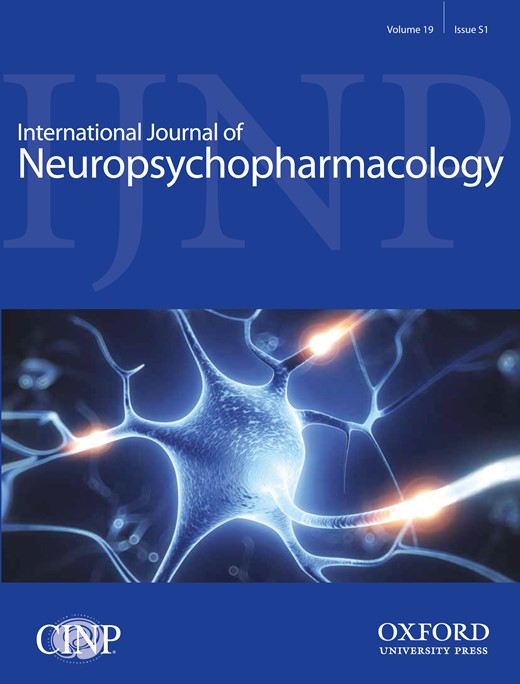-
PDF
- Split View
-
Views
-
Cite
Cite
Natsuko Hitora-Imamura, Yuji Ikegaya, Norio Matsuki, Yuki Miura, Hiroshi Nomura, Chie Teshirogi, PS06. Prefrontal dopamine-dependent plasticity mediates relapse in an animal model of anxiety disorders, International Journal of Neuropsychopharmacology, Volume 19, Issue Suppl_1, June 2016, Pages 2–3, https://doi.org/10.1093/ijnp/pyw043.006
Close - Share Icon Share
Abstract
Anxiety disorders are often treated with cognitive-behavioral interventions such as exposure therapy. Fear conditioning and extinction are used in animal models of anxiety disorders and their treatment. Prevention of relapses is a major challenge in treating anxiety disorders. About 40% of patients in remission experience a relapse. In experimental animals, fear can be reinstated by a week footshock (reminder shock) after successful extinction. However, neural circuit mechanisms responsible for fear reinstatement are poorly understood. To identify brain regions involved in processing fear reinstatement, we mapped the regional expression of the inducible immediate early gene, c-Fos. c-Fos expression was elevated in the infralimbic cortex (IL) and lowered in the medial subdivision of the central nucleus of the amygdala (CeM). Electrophysiology experiments revealed that reinstatement was accompanied by reduction of synaptic input in the IL. Then we hypothesized that prefrontal dopamine plays a key role in reinstatement and tested this idea. A reminder shock induced c-Fos expression in the IL-projecting dopaminergic neurons in the ventral tegmental area. Blocking of IL dopamine D1 receptor signaling prevented reduction of synaptic input, CeM c-Fos expression, and fear reinstatement. These findings demonstrate that a dopamine-dependent inactivation of extinction circuits underlies fear reinstatement and may explain the comorbidity of substance use disorders and anxiety disorders.



